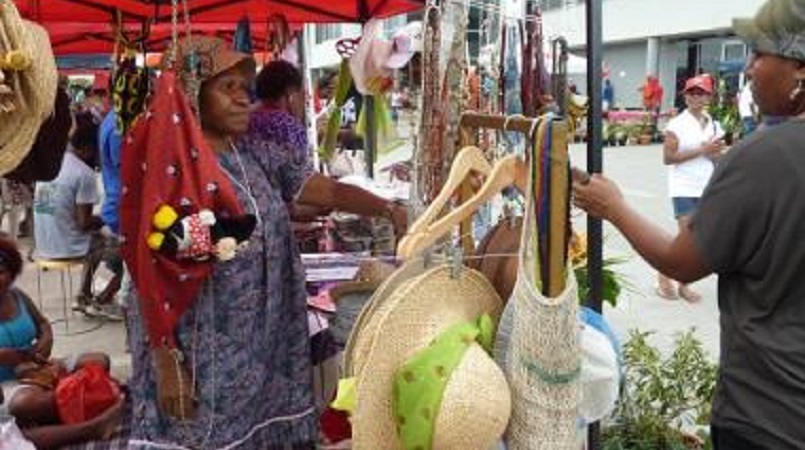
The Womans Micro Bank (WMBL) officially signed an agreement to implement a first of its kind technology for Micro Banks in the Pacific to get more women financially inclusive.
This will be done through a pilot project in partnership with Pacific Financial Inclusion Programme (PFIP), with support fro the Australian Government.
The Project introduces a biometric registration system for women making it easier for identification and to conduct transactions mainly in rural areas.
The agreement signing is seen as major highlight for the Women’s Micro Bank, who believe the technology to be employed will bring more women into the financial sector.
“By sponsoring this technology enabled banking service, it should encourage our women and girls and families, to do business much faster. And at this time of modern technology I think it’s not wrong for Mama’s (Womens Micro Bank) to move in that direction,” said WMBL Board Chairman, Ricky Mitio.
The pilot project aims to reach out to existing and potential clients using a biometric system, and will create Mama Bank Access Points (MAPs) in six locations with a target of 20, 000 women, and mainly in rural areas.
“With this technology gets to bring in, specifically with the finger print, its cutting edge technology. I have not seen that in the pacific market so you’re really addressing a big problem.
“You’re also addressing a very big problem, authentication and identification problem. Because most of the banks have very big problems with identification,” said PFIP Programme Manager Bram Peters.
The Australian Government has supported the initiative and believe in the positives from women being financially inclusive.
“Initiatives like this lead to more women being able to access critical financial services that can help them take control of their own finances and strengthen their control over household budgets ,”Julienne Leka, Australian High Commission's economic governance and private sector development program Manager.
The pilot is expected to test the financial feasibility and commercial viability of the technology and aims to increase the active customer base of WMBL by 150% (from 8000 to 20,000) over the course of 13 months.
This will help WMBL not only offer services closer to the women in communities but also improve sustainability of the institution by mobilisation of savings deposits to fuel on-lending activities.
